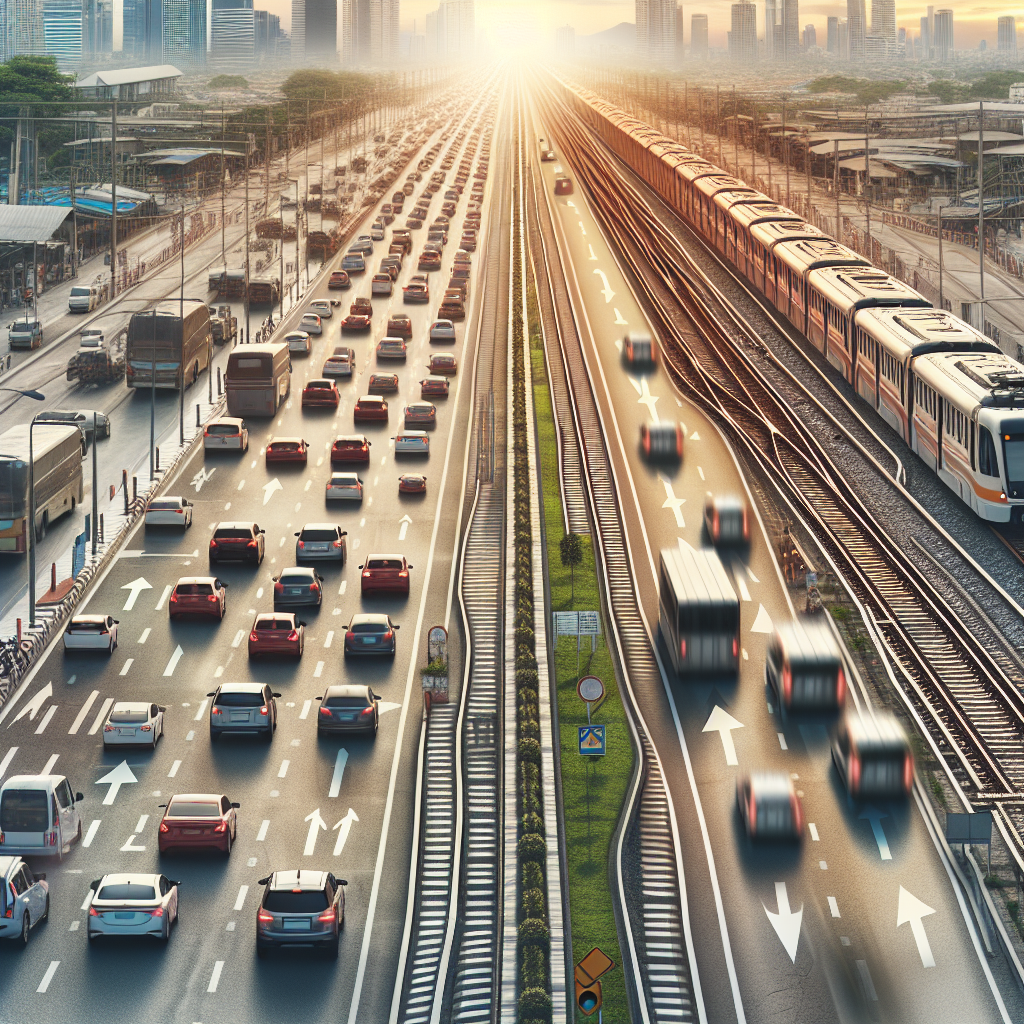From Roads to Rails: Encouraging Public Transit Use through Policy
As cities sprawl and populations grow, the sustainability of urban environments has become paramount. The congestion of roads, air quality concerns, and the urgency of climate change demand innovative solutions. Public transit – encompassing buses, trains, trams, and subways – presents a viable alternative to private vehicles, capable of reducing carbon footprints, easing traffic congestion, and promoting inclusivity. However, the transition from personal vehicle reliance to the adoption of public transportation systems requires not just infrastructure, but also a shift in public perception and behavior, encouraged significantly by effective policies.
The Current Scenario
Urban areas worldwide are experiencing unprecedented growth, leading to increased congestion and pollution. In many cities, the infrastructure is primarily designed to accommodate private vehicles, which not only contributes to environmental degradation but also to economic and social inequities. The potential of public transit to mitigate these issues is immense, yet its utilization remains below capacity in many regions. This underutilization can often be attributed to factors such as convenience, cost, and cultural preference for private vehicles.
The Role of Policy in Shaping Public Transit Use
Policymakers have a crucial role in facilitating the shift from roads to rails. Through comprehensive strategies that encompass planning, investment, and community engagement, governments can significantly influence public transit use. The following sections outline key policy measures to encourage public transportation adoption.
1. Investment in Infrastructure
A foundational step is the development of reliable, efficient, and extensive public transit networks. This includes not only the physical infrastructure of rails and roads but also the integration of different modes of transportation to ensure smooth transitions for users. Investment should also prioritize accessibility, making public transit a feasible option for all community members, including those with disabilities.
2. Financial Incentives
To make public transit more appealing, policymakers can introduce financial incentives for users and disincentives for private vehicle use. Reduced fares for students, the elderly, and low-income populations can increase inclusivity. Meanwhile, higher taxes on fuel, congestion charges in urban centers, and expensive parking fees can discourage the use of private cars.
3. Improved Service Quality
For public transit to become a preferred choice, it must be competitive with or superior to private vehicle use in terms of convenience and reliability. This means frequent, punctual services that operate across extended hours. Comfort and safety enhancements, alongside real-time information apps, can further boost user satisfaction and uptake.
4. Sustainable Urban Planning
Policies that promote compact, mixed-use developments can naturally encourage public transit use by reducing the need for long commutes. Zoning laws that support density, pedestrian-friendly spaces, and cycling infrastructure can complement public transit systems effectively.
5. Public Awareness and Education
Changing long-standing behaviors and perceptions around car ownership requires concerted public awareness campaigns. These should highlight the personal and societal benefits of public transit use, including environmental protection, reduced traffic stress, and financial savings.
6. Partnerships and Innovation
Governments can facilitate partnerships with businesses, non-profits, and community organizations to expand and enhance public transit services. Innovations in technology, such as mobile ticketing and smart planning apps, can also play a significant role in making public transit more attractive and efficient.
The Challenges Ahead
While the path to increasing public transit use is clear, it is not without its challenges. Infrastructure projects require significant funding and time, and there is often public resistance to changes, especially when they inconvenience car users. Furthermore, coordinating across different government levels and agencies can complicate policy implementation.
Despite these hurdles, the benefits of a robust public transit system – for the economy, society, and the environment – make it a goal worth pursuing. By adopting comprehensive policies that address the needs and concerns of all stakeholders, cities can foster a culture that prefers rails over roads.
FAQs
Q1: How can public transit be made more appealing to those accustomed to driving?
A1: By improving the reliability, frequency, and coverage of services, offering financial incentives, ensuring safety and cleanliness, and providing real-time transit information through apps.
Q2: What are some examples of financial incentives for public transit use?
A2: Reduced fare programs, tax benefits for transit users, congestion pricing for cars in urban areas, and high parking fees can all incentivize public transit use over driving.
Q3: How can cities fund the expansion and improvement of public transit systems?
A3: Funding can come from various sources, including government budgets, public-private partnerships, grants, congestion and pollution taxes, and bonds.
Q4: Can public transit really make a significant impact on environmental sustainability?
A4: Yes, by reducing the number of private vehicles on the road, public transit significantly lowers greenhouse gas emissions, reduces congestion, and can contribute to a decrease in urban air pollution.
Q5: How can policymakers address the resistance to reducing car dependency?
A5: Through community engagement, transparent communication about the benefits of transit use, phased implementation of policies, and by providing reliable and convenient public transit alternatives.
In conclusion, encouraging the shift from roads to rails through policy is a complex yet achievable goal. It requires a multifaceted approach involving infrastructure investment, financial incentives, service quality improvements, sustainable urban planning, public awareness, and innovation. By embracing these strategies, cities can enhance the appeal of public transit, leading to more sustainable, inclusive, and livable urban environments.

